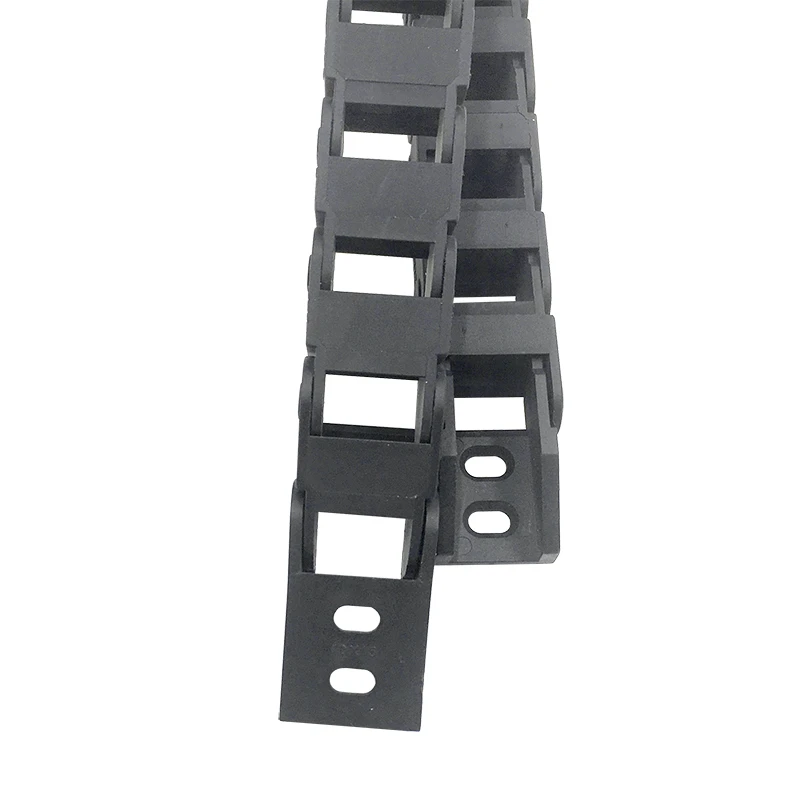drag conveyor
Understanding Drag Conveyors An Essential Component in Material Handling
Drag conveyors are a vital piece of equipment used in various industries for the efficient transport of bulk materials. Whether in agriculture, mining, or manufacturing, these conveyors offer an effective solution to move materials over short to moderate distances. This article explores the functionality, applications, and advantages of drag conveyors, highlighting why they are an indispensable part of material handling systems.
What is a Drag Conveyor?
A drag conveyor, also known as a drag chain conveyor, consists of a moving chain that drags material along a trough. The chain is equipped with flights or paddles that help push or pull bulk materials, such as grains, coal, and various manufactured products, through a covered channel. Unlike traditional belt conveyors, drag conveyors operate on a horizontal or slightly inclined plane, making them particularly suited for handling materials that need to be contained and protected from the environment.
Key Features and Operation
Drag conveyors typically comprise a series of robust components, including a drive motor, sprockets, chains, and a trough system. The structure is designed to minimize dust, reduce spillage, and handle various materials effectively. The operation begins when the drive motor powers the chain, which moves through the trough, pulling the material along with it. The enclosed design ensures that the materials remain protected from external factors, and it also aids in reducing noise levels during operation.
One of the notable features of drag conveyors is their ability to manage difficult-to-handle materials. They can transport sticky, heavy, and abrasive products without material degradation, thanks to the smooth motion provided by the chain. This capability makes them suitable for industries that handle diverse materials, from mining ores to transporting grain grains.
Applications of Drag Conveyors
drag conveyor

Drag conveyors are versatile and find applications across a variety of industries. In the agricultural sector, they are commonly used to transport grains and seeds from one location to another, ensuring minimal spillage and loss. In mining and bulk material handling, drag conveyors are essential for moving coal, ores, and other bulk commodities to processing plants or storage facilities.
Moreover, the manufacturing industry utilizes drag conveyors for transporting raw materials to production lines and finished products to packing stations. Their ability to handle materials in a contained fashion allows for safer and cleaner operations across these industries.
Advantages of Drag Conveyors
One of the primary advantages of drag conveyors is their efficiency. They can operate continuously and are capable of transporting materials at a steady rate, which enhances productivity. Additionally, drag conveyors require minimal maintenance compared to other systems, as their robust construction and enclosed design help reduce wear and tear.
Furthermore, the flexibility in design allows drag conveyors to be customized to fit specific operational needs, including adjustments in length, width, and incline. This adaptability makes them an ideal choice for diverse material handling requirements.
Conclusion
In conclusion, drag conveyors play a crucial role in the material handling sector due to their efficiency, versatility, and ability to transport various types of bulk materials. With their robust design and operational advantages, they are a trusted solution in industries ranging from agriculture to manufacturing. Understanding the capabilities of drag conveyors can help businesses enhance their material handling processes, ultimately leading to increased productivity and reduced operational costs.








